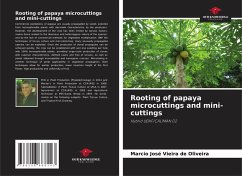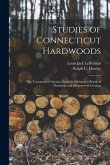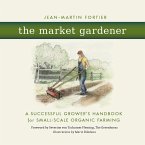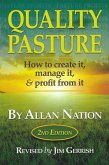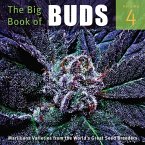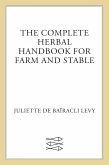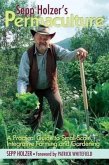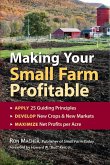Commercial plantations of papaya are usually propagated by seeds selected from hermaphrodite plants with desirable characteristics by the producers. However, the development of the crop has been limited by various factors, mainly those related to the dioecious and heterozygous nature of the species, and by the lack of commercial methods for vegetative multiplication. With the techniques of tissue culture and mini-stemming, many asexually propagated species can be exploited. Since the production of clonal propagules can be achieved quickly, the crop can be established with just one seedling per hole with 100% hermaphrodite plants, providing large-scale production of clones with superior characteristics, defined sexes and free of viruses, as well as plants obtained through incompatible and transgenic crosses. Mini-staking is another technique of great applicability in vegetative propagation. Both techniques allow for earlier production, lower insertion height of the first flower, high productivity and uniformity of fruit.
Bitte wählen Sie Ihr Anliegen aus.
Rechnungen
Retourenschein anfordern
Bestellstatus
Storno

